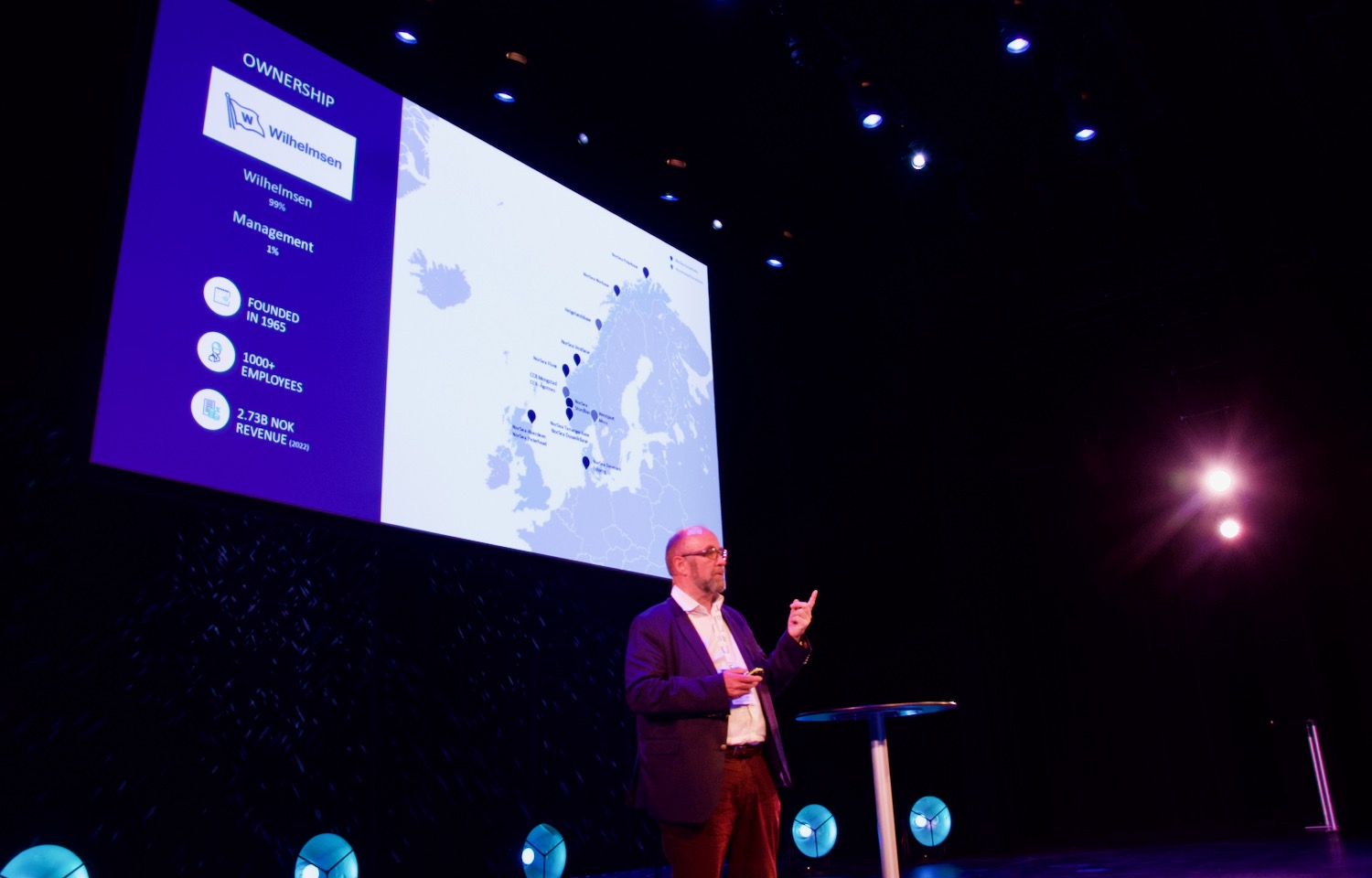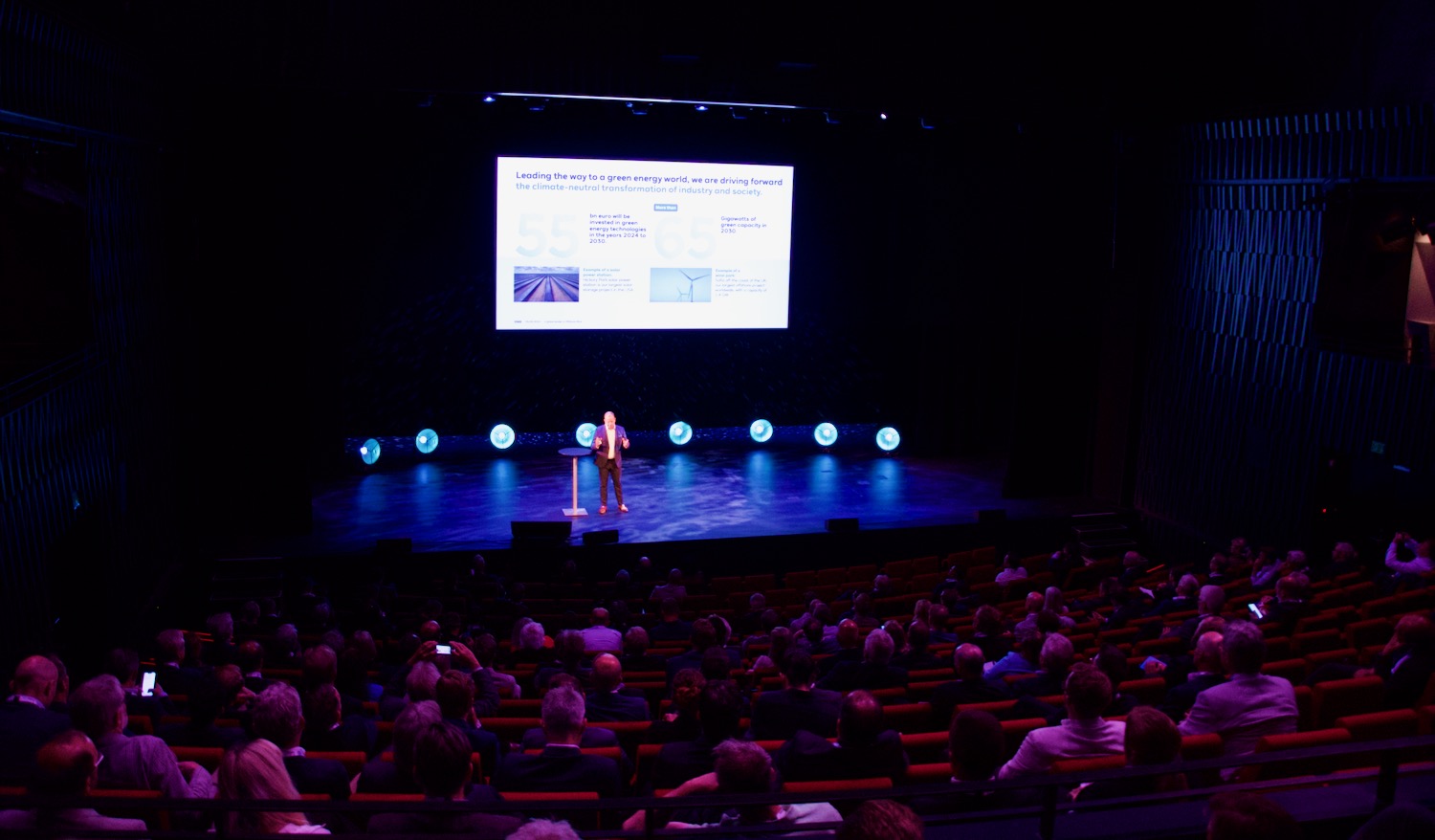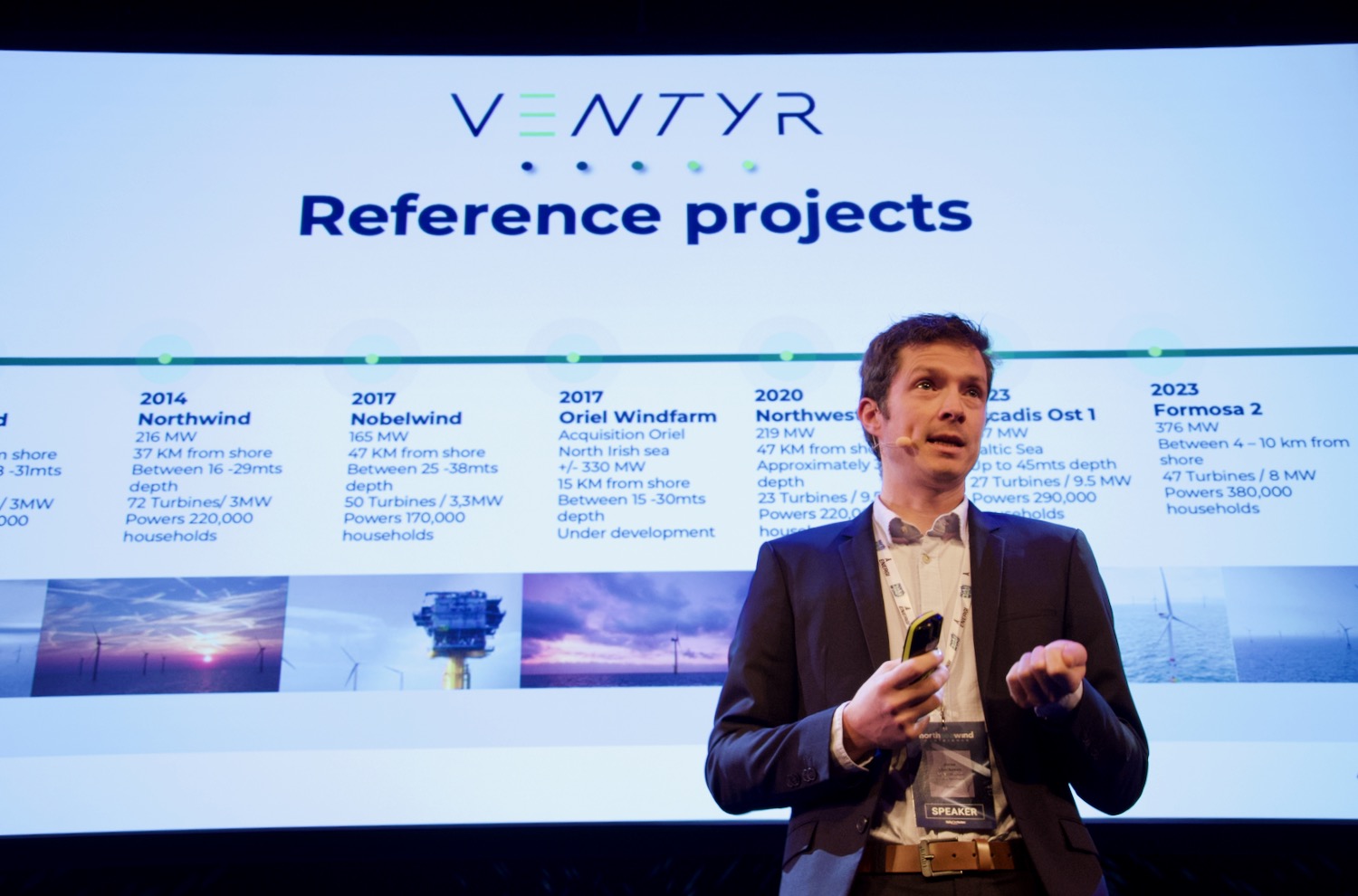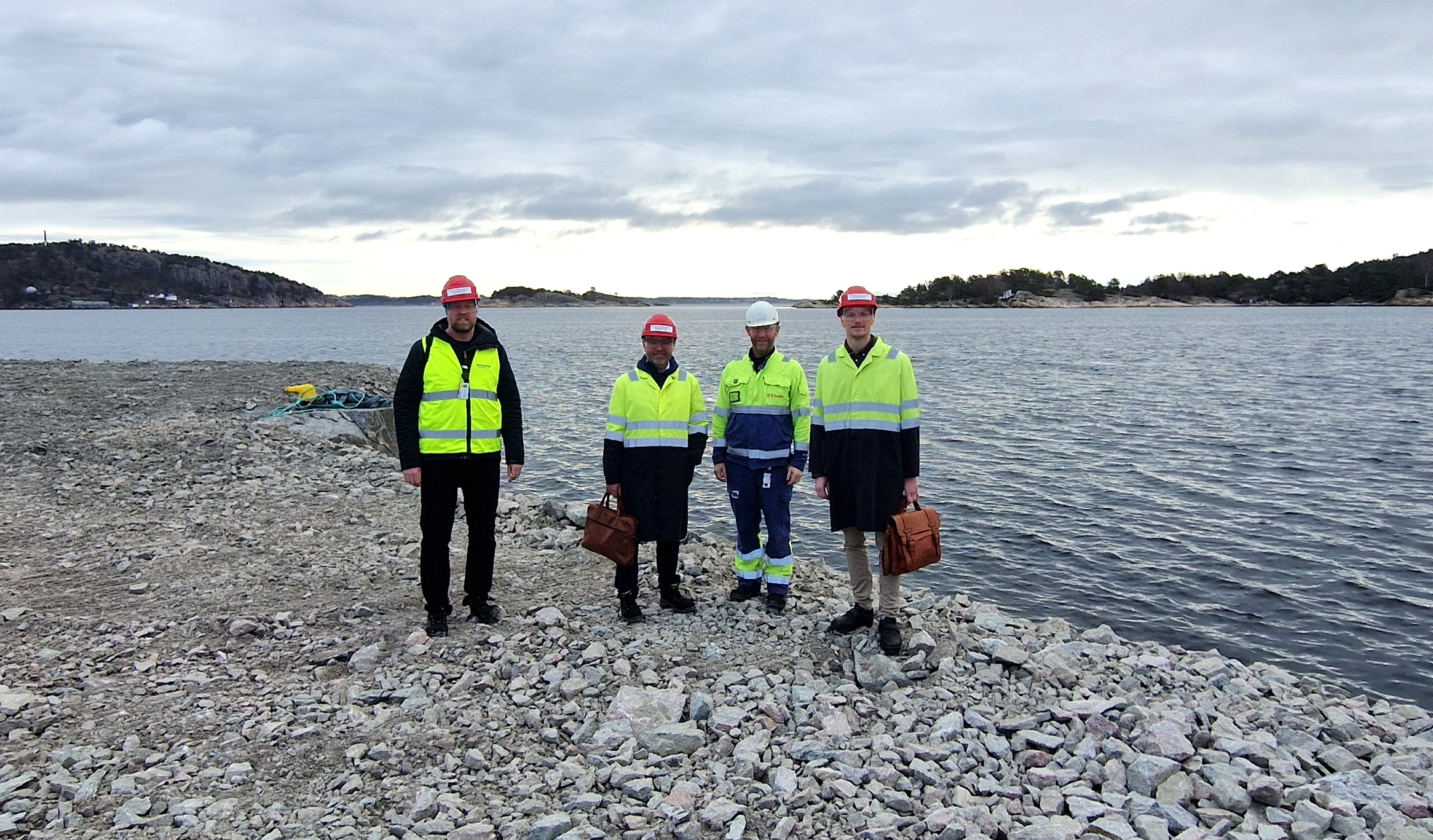“That is the timeline we recently submitted to the Norwegian authorities,” says Jorne Bluekens, Project Manager Sørlige Nordsjø II at Ventyr.
At the NorthSeaWind conference in Kristiansand Wednesday, Bluekens presented the company’s strategy and plan for the first Norwegian industrial-sized wind farm to be located 200 kilometers south of the Agder region.
Following an impact assessment, which is scheduled to take two years, Ventyr will submit their license application early in 2026. The final investment decision for Sørlige Nordsjø II is expected to be taken by the end of 2027.
“We are very excited to get started in Norway. We are here to contribute to Norway’s low-emission ambitions by applying our experience in project execution and offshore wind operations. We will work closely with the Norwegian society and communities, creating educational, job, and R&D opportunities,” said Bluekens.
Phase 1 of Sørlige Nordsjø II is to be developed with a maximum potential of 1.5 GW, which will produce electricity equivalent to the consumption of 500,000 Norwegian households.

Ventyr has decided to establish their operational center in Stavanger but remains open to considering other locations at a later point. This was emphasized by the NorSea Group, the Norwegian strategic partner of Ventyr. NorSea Group has port facilities in Stavanger and Esbjerg, Denmark, which will support the development and building of Sørlige Nordsjø II.
“However, we are open for discussions with those that we usually view as our competitors. We need to collaborate to succeed in this market,” said John Stangeland, CEO of NorSea Group.
He addressed the need for mashalling ports, that is ports that have enough space and no air restrictions to harbor, store and assemble the large components that build offshore wind farms.
“Marshalling ports for offshore wind are hard to develop, and I think the government needs to pitch in. Right now, we don’t have the tools available from the government that other countries provide,” said Stangeland.
Both Ventyr and NorSea Group invite Norwegian supplier companies to meet them at ONS in Stavanger in August.
“We will also be organizing local hearings in August, probably in Farsund and Lyngdal – and we will host a supplier event later this year,” said Bluekens.





